
当前课程知识点:陕西导游英语 > 3. 购物篇 > 3.4 Leather Shadow Puppets and Paper Cuts 皮影和剪纸 > 3.4 Text 讲解词
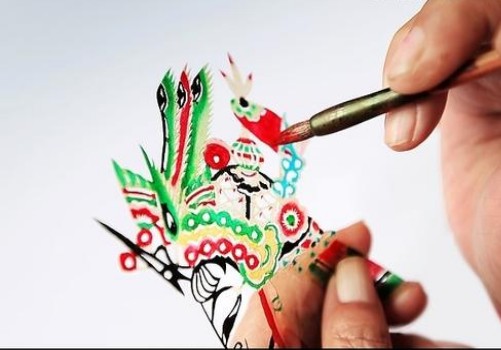
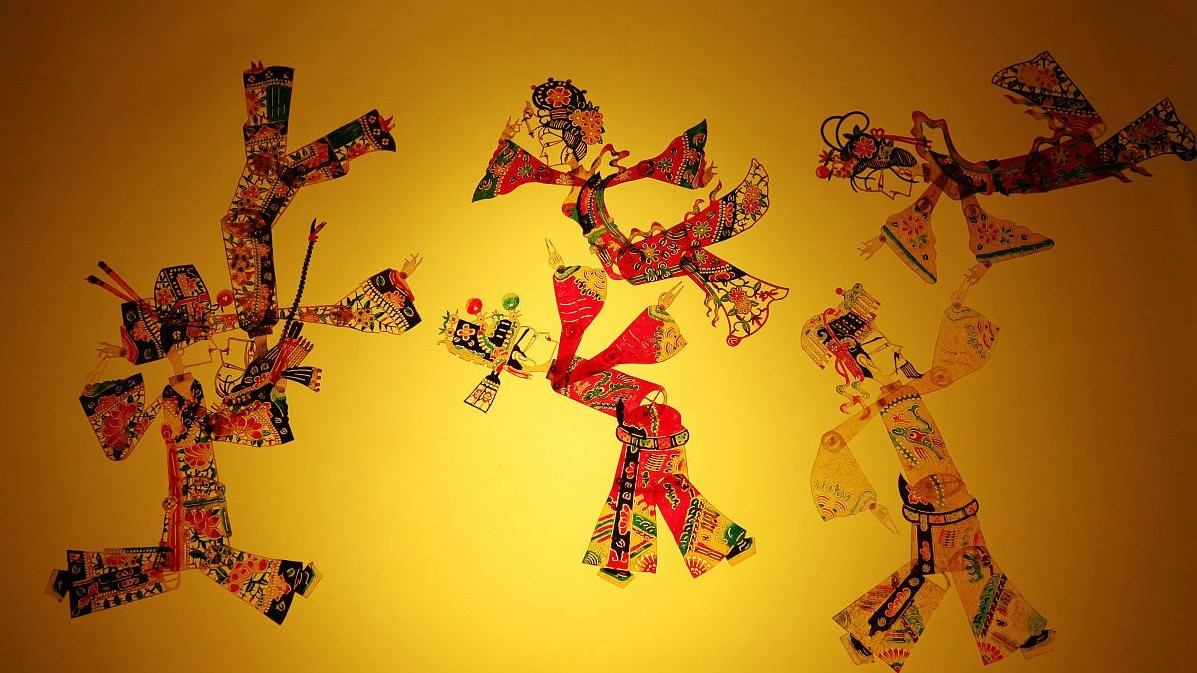
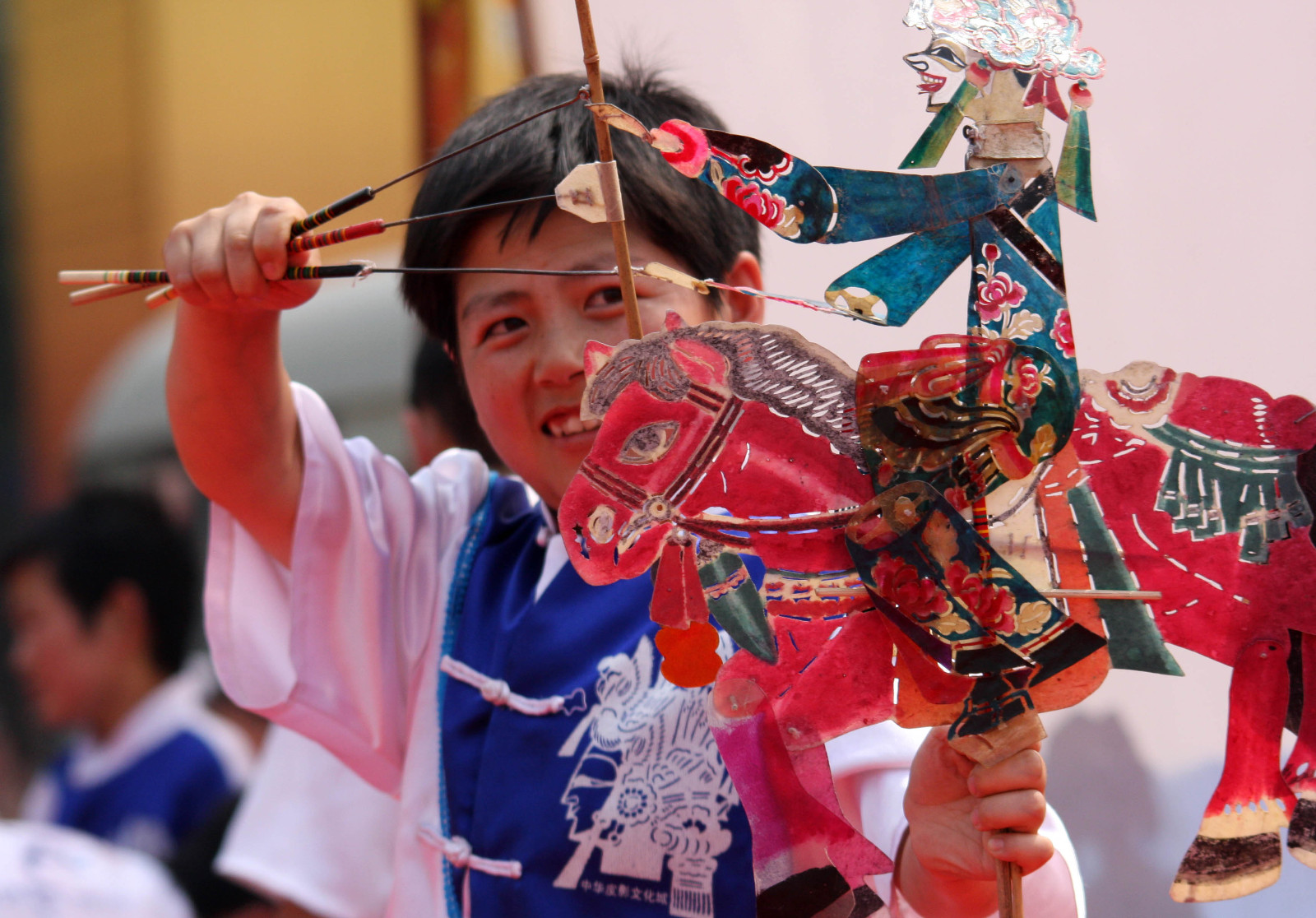
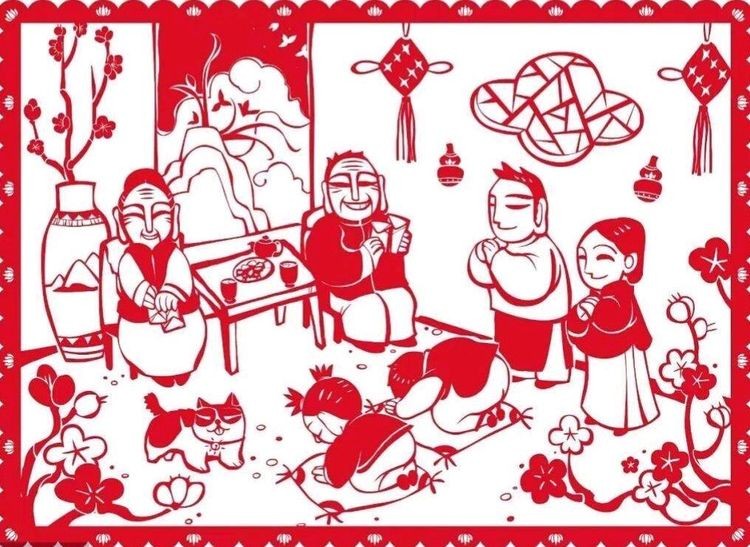
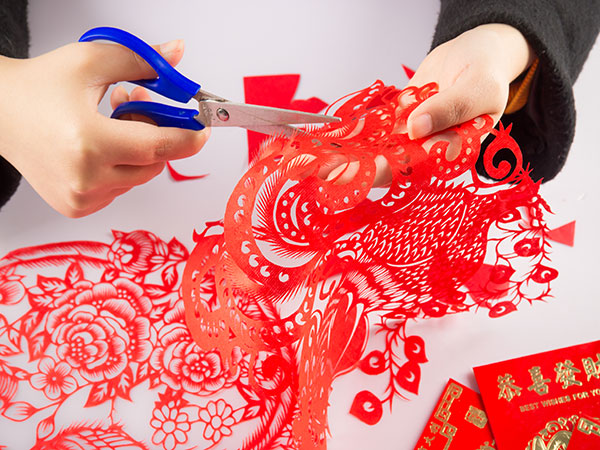
Leather shadow puppet
Chinese shadow puppet show,also called Piying Show or Piying Xi in Chinese, is a traditional folk art. It can be traced back to the Western Han Dynasty, about 2,200 years ago. The puppet silhouettes(剪影) are made out of cow's leather or donkey hide, and the shadow show figures of the Guanzhong area of Shaanxi Province are most represented in China. Today, Guanzhong play figures are popular with collectors as home decorations. Most tourists who visit
Xi’an and Shaanxi are willing to buy them as souvenir.
The origin
The origin of leather puppet show goes as follows. A favorite concubine of Wu Emperor in the Western Han Dynasty died of an illness. The emperor missed her so much that he lost his desire to reign. One day a minister saw children playing with dolls where the shadows on the floor were vivid. Inspired by this, the minister came upon an idea. He made a cotton puppet of the concubine and painted it. At night fall, he invited the emperor to watch an illuminated puppet show behind a curtain. The emperor was delighted by it. This story was recorded in the ancient books and is believed to be the origin of shadow puppetry.
Shadow puppet silhouettes were first made with paper sculpture and later using the hides of donkeys or cows. This is why the Chinese name for shadow puppet silhouette is "pi ying", which means shadows of hides or leather. Shadow puppetry was very popular in the Tang and Song dynasties across China.
Traits of shadow puppets
The flowery color, elegant sculpting and smooth lines make shadow puppets a work of art. Leather silhouette coloring is often bright and transparent. Common colors are black, red, yellow, or green. Shadow figure heads have a full profile, known as "half face.” Clown and villains sometimes gave half a profile, called "70% face," while fairies and Buddhas are shown with a full face. Shadow figure's body is mostly 70%. Carving of shadow figures are particular. They requires using a knife with ease and making turns smoothly. The hollowed-out facial outline, in particular, requires an exceptional skill in craftsmanship to make thin lines as "stretching wires," which are sharp and translucent. Body figures using chisel engraving have a variety of designs, including snow flake, wealth and fortune, winter sweet(腊梅), fish scale, and pine needle, etc. A shadow puppet takes as many as 24 procedures and more than 3,000 cuts.
Figures of shadow puppetry
The figure of a shadow puppet show are from the Chinese myths, legends and stories. Their designs follow traditional moral evaluation and aesthetics. The audience can tell a figure’s character by seeing their mask. Like the masks in the Beijing Opera, a red mask represents uprightness, a black mask fidelity, and a white one is linked to treachery. The positive shadow figure has long, narrow eyes, a small mouth and a straight bridge on the nose. The negative one has small eyes, a protruding forehead and sagging mouth. The clown has a circle around his eyes, projecting a humorous and frivolous air even before he performs any act.
Current situation
Yet I am sorry to tell you that, due to the rapid development of the modern economy in urban and rural areas and growing influence of television and film culture, traditional leather silhouette is close to distinction nationwide except in a few regions in Gansu, Shaanxi and Liaoning Province. Now only 200 leather silhouette troupes are still around in the country, down from over 1,000 in the 1980s.
Here, I’d call for your attention and support. Let’s work together and save the future of leather shadow puppet, either by getting more and more people across the world to know about leather shadow puppetry, or by buying the puppets to help this beautiful art stay alive, so thatour future generations will be able to appreciate the delicacy of the puppet silhouette and the art of Chinese shadow puppet show.
Paper cut
Let’s go on with paper cut.
If a foreigner walks around Shaanxi’ suburbs, they will be charmed by the decorative doors and windows of the shops and houses. These shops and houses have been livened up by beautiful paper cuts with exquisite carvings and interesting shapes. To the Chinese people, it is an aesthetic expression of joy and happiness. In 2009, Chinese paper-cutting was added to the Representative List of the Intangible Cultural Heritage of Humanity.
Uses of paper cuts
Paper-cut is a very distinctive art. It originated from the 6th century when women used to paste golden and silver foil cuttings onto their hair at the temples, and men used them in sacred rituals. Later, they were used during festivals to decorate gates and windows. After hundreds of years' development, now they have become a very popular means of decoration.
Tools, themes, and craftsmanship
The main cutting tools are simple: paper and scissors or an engraving knife, but clever and skillful craftspeople are very good at cutting works about daily life. When you look at items made in this method carefully, you will be amazed by the true-to-life expressions of the figure's sentiment and appearance, or portrayal of natural plants and animals' various gestures. Patterns of chrysanthemum display the curling petals, pied magpies show their tiny feathers and others such as a married daughter returning to her parents' home, or young people paying a Chinese New Year call to their grandparents.
Although other art forms, like painting, can also show similar scenes, paper cutting still stands out for its charm. They have exacting lines and ingenious patterns which are all hand-made. To make the three-dimensional scenes pop out visually from the paper, engravers must stretch their imagination. They must delete secondary parts and compose the main body properly, abstractly and boldly. Though simple, the color then appears charmingly bright.
It is easy to learn about cutting a piece of paper but very difficult to master it with perfection. One must grasp the knife in an upright fashion and press evenly on the paper with some strength. Flexibility is required but any hesitation or wiggling will lead to imprecision or damage the whole image. Engravers stress the cutting lines in several styles. They attempt to carve a circle like the moon, a straight line like a stem of wheat, a square like a brick, and jaggedly like the beard.
Meaning of paper cut
People find hope and comfort in expressing wishes with paper cuttings. For example: for a wedding ceremony, red paper cuttings are a traditional and required decoration on the tea set, the dressing table glass, and on other furniture. A big red paper character 'Xi' , meaning double happiness, is a traditional must on the newlywed's door. Upon the birthday party of a senior, the character 'Shou' represents longevity and will add delight to the whole celebration; During Chinese New Year season, a big red paper character “Fu”, meaning luck and fortune, is seen on every household’s doors and windows, while a pattern of plump children cuddling fish signifies that every year they will be abundant in wealth.
Shaanxi paper cutting
When shopping for paper cuts, tourists will find that Shaanxi paper-cutting is made by mainly using red paper. They will also find the predominant existence of red color all over China. They should be aware that it is originally not because of the ideology of Communism that red is considered as the color of revolution. They should be told that red symbolizes the color of auspiciousness in Chinese tradition, and the red revolution simply added extra brightness to the meaning of the color to Chinese people.
-1.1 Emperor Qinshihuang’s Mausoleum Site Museum 秦始皇帝陵博物院
--1.1 Test 测试
-1.2 Shaanxi History Museum 陕西历史博物馆
--1.2 Test 测试
-1.3 The Forest of Stone Tablets 西安碑林博物馆
--1.3 Test
-1.4 Xi’an City Wall 西安城墙景区
--1.4 测试
-1.5 The Huaqing Hot Spring 华清池景区
--1.5 测试
-1.6 The Big Wild Goose Pagoda 西安大雁塔
--1.6 测试
-1.7 The Tang Paradise 大唐芙蓉园
--1.7 测试
-1.8 The Great Mosque 西安清真大寺
--1.8 测试
-1.9 Famen Temple Buddhist Cultural Scenic Area 陕西法门寺佛文化景区
--1.9 测试
-1.10 The Yellow Emperor’s Mausoleum 黄帝陵景区
--1.10 测试
-1.11 Yan’an Revolutionary Heritage Site 延安革命纪念地景区
--1.11 测试
-1.12 Mount Huashan 华山风景名胜区
--1.12 测试
-1.13 Jinsi Grand Canyon Scenic Spot 金丝峡景区
--1.13 测试
-1.14 Taibaishan International Holiday Resort 太白山国际旅游度假区
--1.14 测试
-2.0 Prelude 引言
-2.1 Diced Pancake Boiled in Mutton & Beef Soup 羊肉泡馍
--2.1 Test 测试
-2.2 Xi'an Dumpling Banquet 饺子宴
--2.2 Test 测试
-2.3 Biang Biang Noodles 扯面
--2.3 Test 测试
-2.4 Pancake Stuffed with Marinated Pork 肉夹馍
--2.4 Test 测试
-2.5 Cold Noodles with Sesame Paste 麻酱凉皮
--2.5 Test 测试
-3.1 Shaanxi Local Specialties 陕西特色手工艺品
--3.1 Test 测试
-3.2 Qin Terracotta figures 兵马俑复制品
--3.2 Test 测试
-3.3 Stele Rubbings and Yaozhou Green ware 拓片和耀州瓷
--3.3 Test 测试
-3.4 Leather Shadow Puppets and Paper Cuts 皮影和剪纸
--3.4 Test 测试
-3.5 Shuyuanmen Cultural Street 书院门
--3.5 Test 测试
-4.1 The Tang Dynasty Music and Dance Show 仿唐乐舞
--4.1 Test 测试
-4.2 The Song of Everlasting Sorrow Evening Show 长恨歌
--4.2 Test 测试
-4.3 The Great Tang All Day Mall 大唐不夜城
--4.3 Test 测试
-5.1 Meeting with a Tour Group at the Airport 机场接机
--5.1 Test 测试
-5.2 Welcome Speech 欢迎词
--5.2 Test 测试
-5.3 Brief Introduction to Shaanxi and Xi’an 陕西及西安简介
--5.3 Test 测试
-5.4 On the Way to the Hotel 去钟楼饭店途中
--5.4 Test 测试
-5.5 Check in at Bell Tower Hotel 钟楼饭店入住
--5.5 Test 测试
-5.6 Discuss the Itinerary 讨论行程安排
--5.6 Test 测试
-5.7 Change the Room 调换房间
--5.7 Test 测试
-5.8 Arrange the Morning Call 安排叫早
--5.8 Test 测试
-5.9 On the Way to the Scenic Spot 去景点途中导览
--5.9 Test
-5.10 Having a Meal 用餐
--5.10 Test 测试
-5.11 Watching the Song of Everlasting Sorrow Evening Show 看《长恨歌》实景演出
--5.11 Test 测试
-5.12 Shopping 购物
--5.12 Test 测试
-5.13 Check Out 结账离店
--5.13 Test 测试
-5.14 Seeing the Tourists Off 机场送别
--5.14 Test 测试
-期末考试